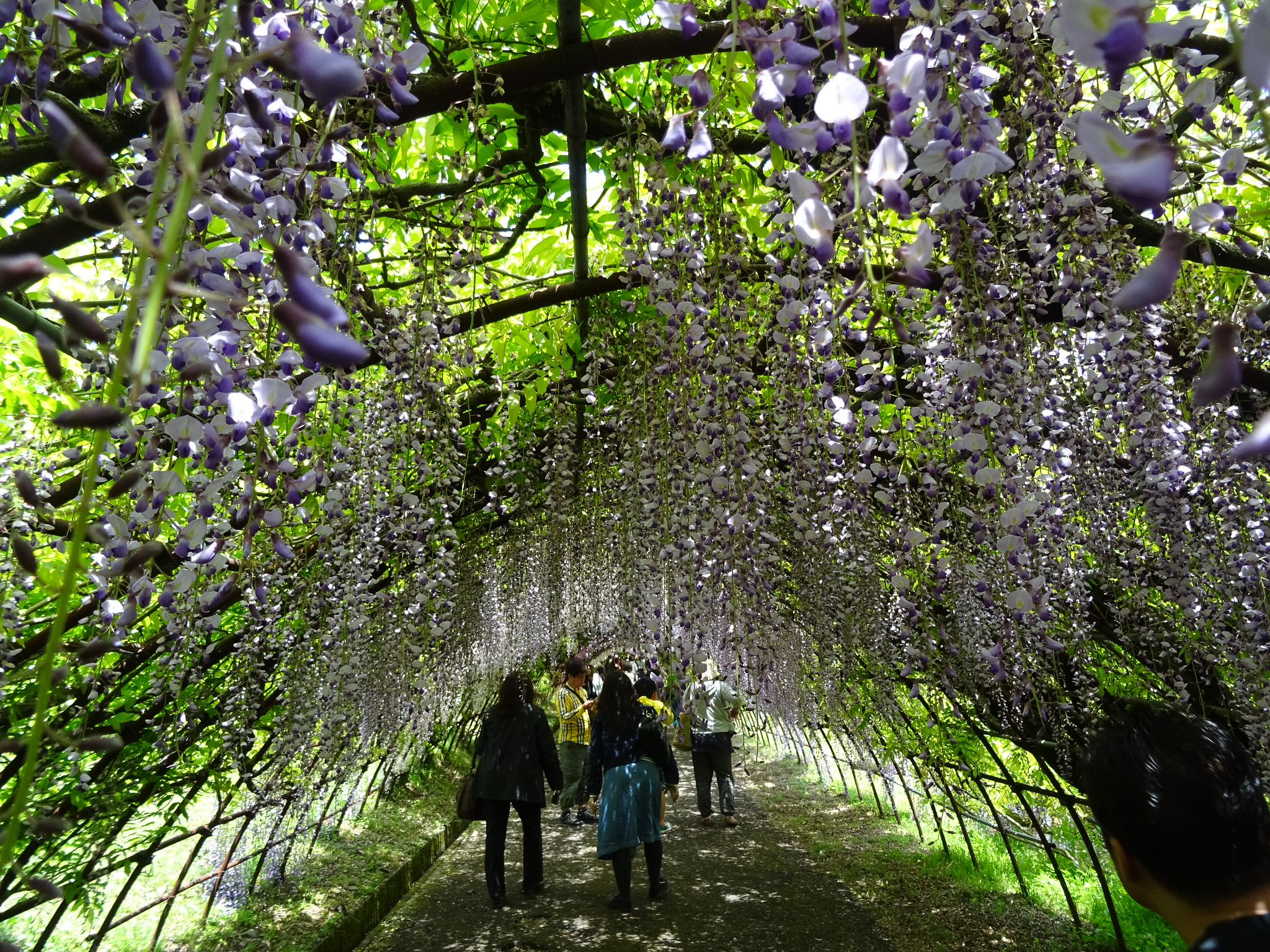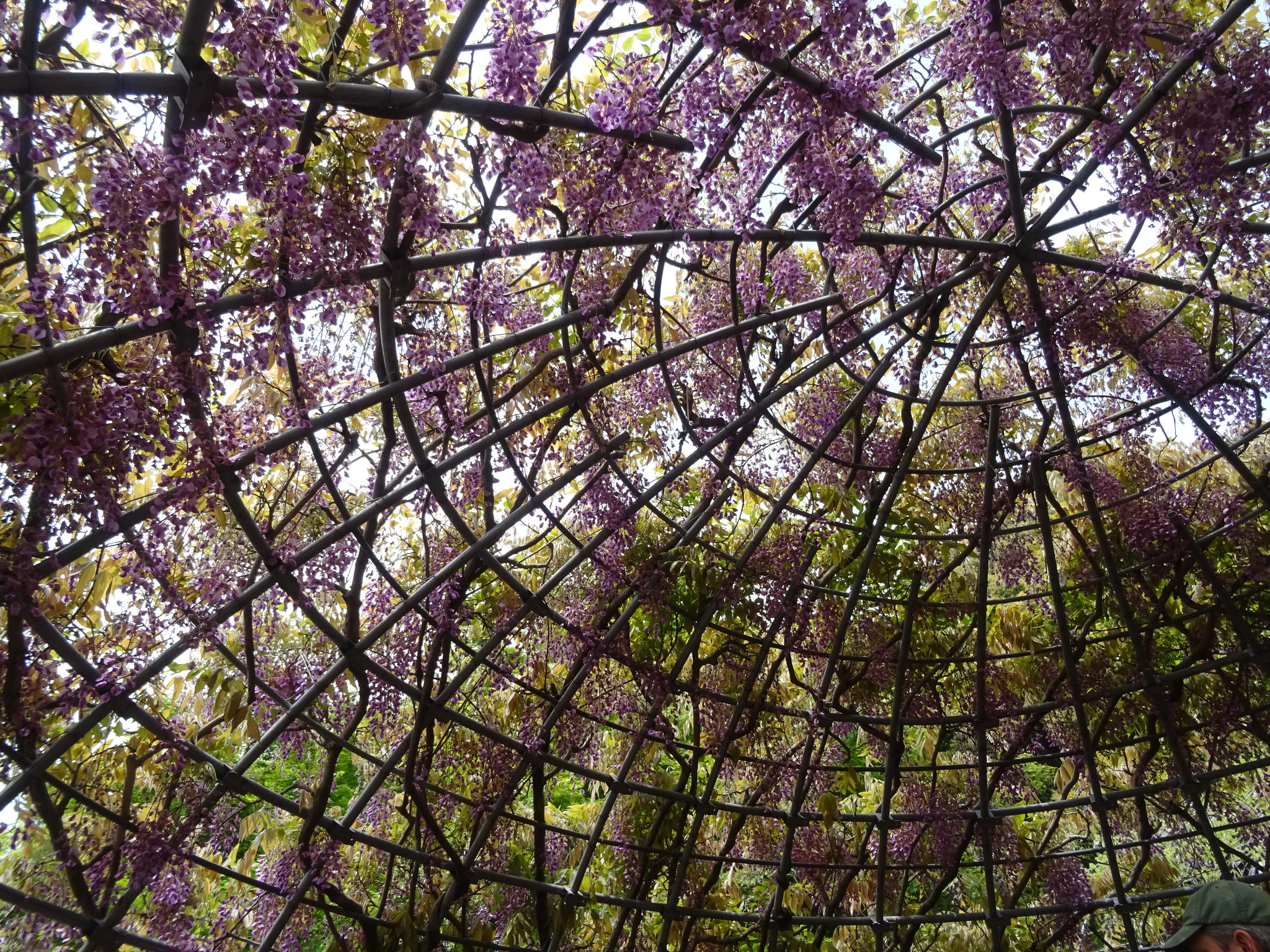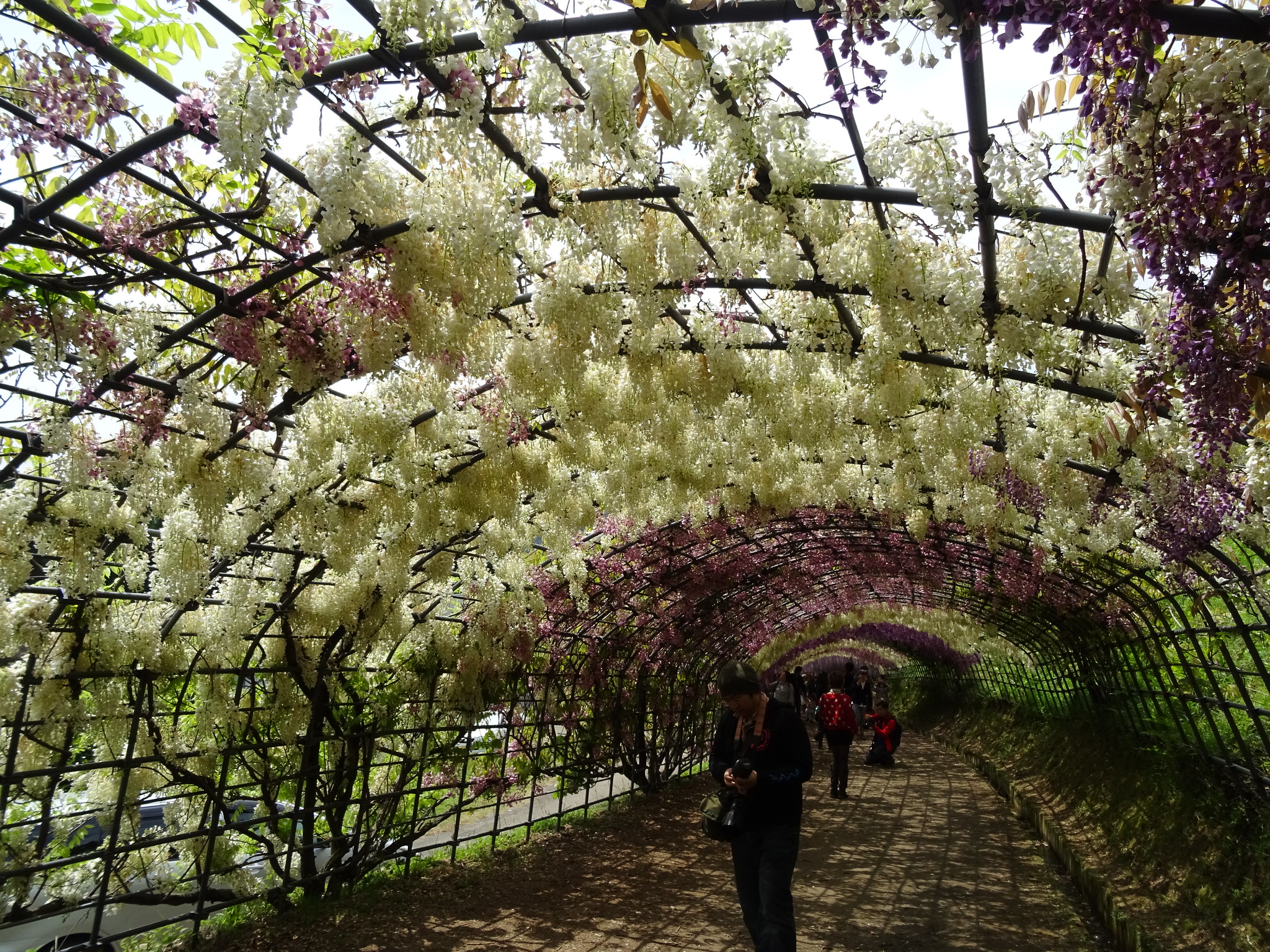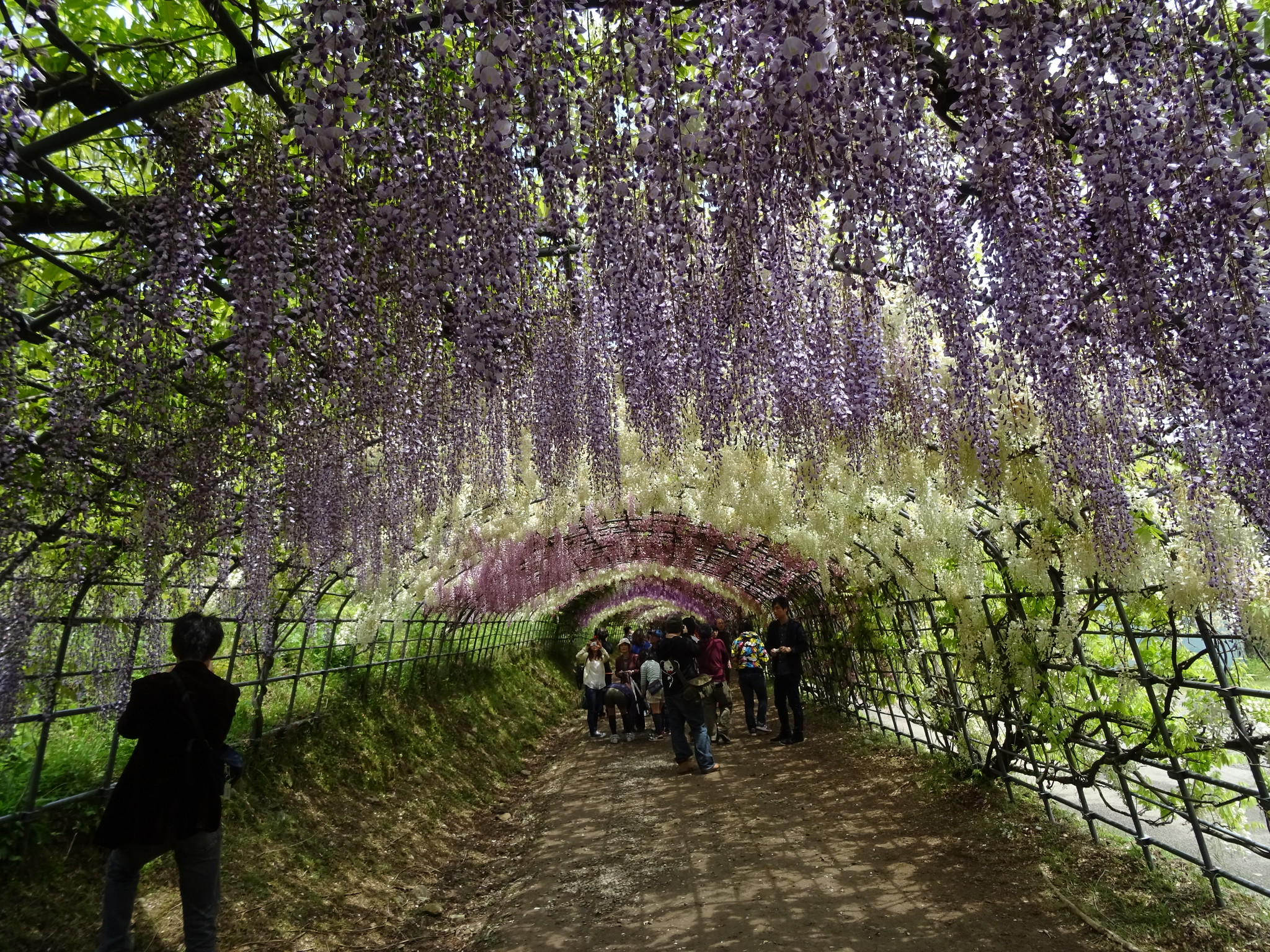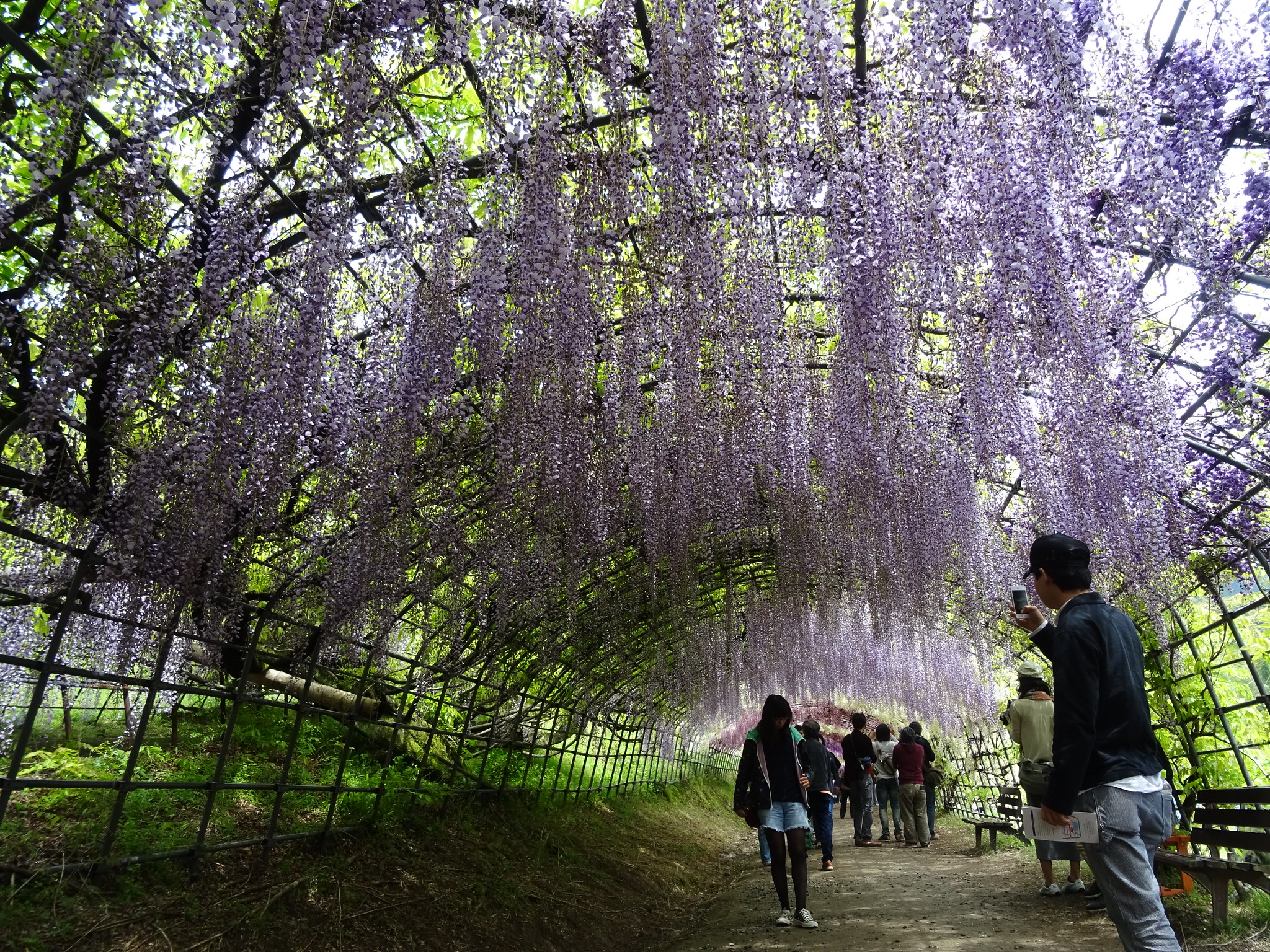If you’re a busy parent, there are some every day tasks you just can’t get out of – your kid has to be clothed (often more than once), fed, napped, watered, and you know… kept alive to the end of the day.
Which is perhaps why our plants’ well-being often falls by the wayside.
But no more, my friends, because you can purchase the HEXA plant to take care of your green friends for you.
Image Credit: HEXA
It’s a walkable planter that searches for sunlight on behalf of your plants (and seeks shade when the plant has had enough). So far, sounds like a wonderful, genius idea, right? Like maybe you’ll buy one and take advantage of all the air freshening and toxin-reducing goodness plants bring into your home?
Wait.
If you forget to water the plant, the HEXA basically throws a temper tantrum until you give it a drink. Like a foot-stomping toddler, though admittedly it’s probably not quite as hard to turn off (or assuage in any way).
Image Credit: HEXA
The idea came to founder Sun Tianqi after he glimpsed a dead sunflower and couldn’t stop thinking about how its life could have been saved.
“In 2014, I went to see a sunflower exhibition and found myself focused on a dead sunflower near a ground of blooms. The dead flower sat in a place that was always in a shadow. I had no idea how it ended up there or why it died – whether it was because of the lack of sunshine or water – but it was just there, and it was dead. I thought, if it could move a little bit, take a 30-feet walk out of the shadow to where the other sunflowers were, it would have lived healthily.”
I'm so obsessed with this planter idea… except I don't want to see the price tag #Hexa pic.twitter.com/7dfyLUHDM8
— Julia Fello TMJ4 (@JuliaFello) May 4, 2019
And so the walking flowerpot was born and improved (if you call stomping its feet until it gets water an improvement). One can be yours for a mere $949.
Yeah. Well, happy plants don’t come cheap.
I have to say, I’m intrigued. But no way am I letting this thing boss me around until my kids are out of diapers
The post This Robotic Planter Will Follow You Around to Remind You to Water It appeared first on UberFacts.





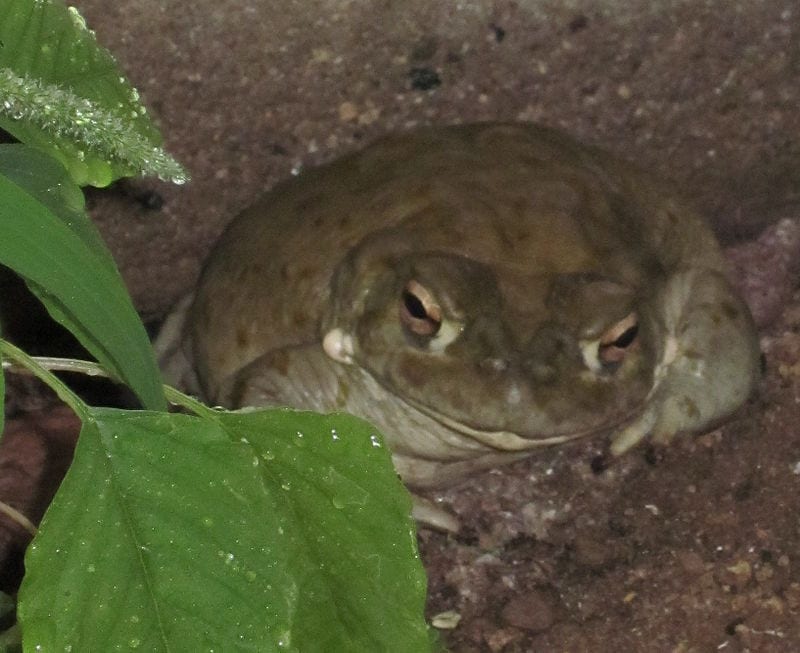



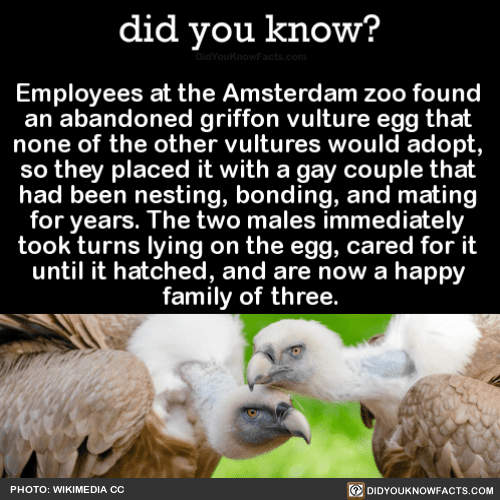








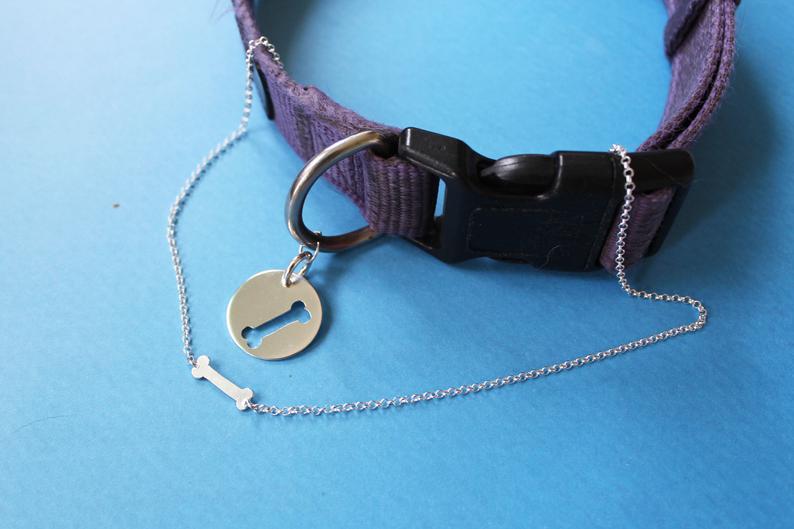
 • #doglover #bestfriends #dogmom #petparent #bestfriendsnecklace #bestfriendsforever #dogperson #animallover #handmade #smallbusiness #entrepreneur #thankyou #slashpiledesigns
• #doglover #bestfriends #dogmom #petparent #bestfriendsnecklace #bestfriendsforever #dogperson #animallover #handmade #smallbusiness #entrepreneur #thankyou #slashpiledesigns




